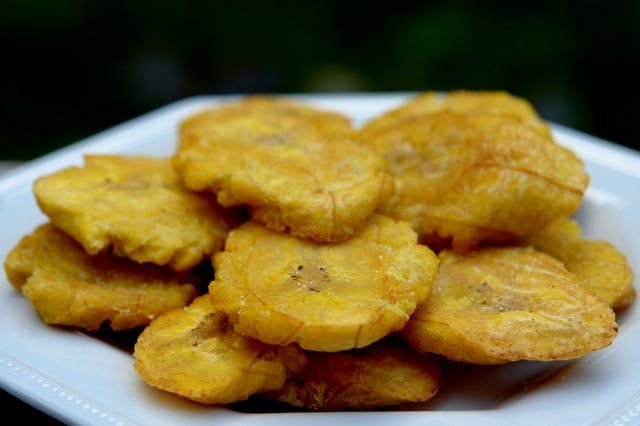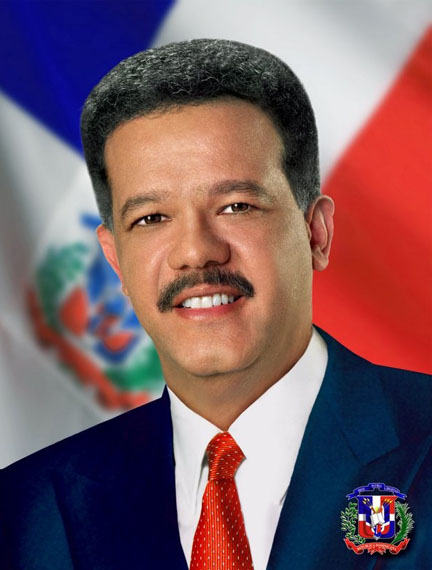The Dominican Republic has thrived on its decision to undertake a more free and open economy in the 1980s, when it decided on free-trade zones. A free-trade zone allows for foreign goods to enter the country without government intervention or customs authority. This relatively new plan of action has sent the Dominican Republic into a high growth economy. The graphs and charts below might help better display the recent period of growth within the D.R. :
 |
| http://www.ciaonet.org/atlas/DO/vw_vw_main_20111215t140500_0046_gif.gif |
As you can see in the chart above, real GDP growth has outpaced not only the world average, but also the emerging markets (EM) within Latin America. This is an important statistic because it measures growth in the domestic borders of the Dominican Republic and is often a measure of the citizens' well being. Additionally, it is important to note that Latin America is a direct competitor for exports, which is a critical component of GDP.
The next chart looks at CPI or the measure of inflation. Although the Dominican Republic is higher than the world average, it remains below that of Latin America. Part of the reason for high inflation is their growth rate. The Dominican Republic, as an emerging nation, has undertaken large amounts of debt from the United States in order to grow their country through investments. They borrow this money through the International Monetary Fund, or IMF. Economic theory finds that an increase in the supply of money causes short-term inflation. Despite the negative affects of high inflation, the Dominican Republic's is quite sustainable and allows for growth in the economy because it increases consumption, another component of GDP.
The biggest problem the Dominican Republic faces within its economy is their budget balance. This statistic measures the difference between government revenue and spending. A negative budget balance is okay if it's sustainable. However, it might be a sign of a weak tax system. If the government spending is being put towards good use, such as human capital, such as education then they might see a payoff. Education creates productivity, productivity creates jobs, jobs create income, and income creates higher tax collection for the government.
Similar to the budget balance, the Dominican Republic is running a negative current account. This means they are importing more than they export. A country who lacks absolute cost advantages in production or a country who doesn't operate in an ideal geographic location might suffer in this category. Again, a negative current account is okay if it's sustainable. For example, the Dominican Republic must finance the negative current account. If they're able to finance at favorable rates and create growth elsewhere to pay the interest, then it can be sustainable. Very few nations are able to operate current account surpluses consistently and China is one of them.
As you can see in the next two charts at the bottom, the U.S. is their biggest export and import partner. Due to geographic location this makes the most sense and the two countries have a very strong trade relationship following the implementation of free-trade zones.
The next election will be very important to address three major issues. An expansion of FDI, or foreign direct investment, investment in education, and income inequality. Take a look at my quick facts below to get an idea for the numbers:
QUICK FACTS
GDP: $85 billion (2010 est.)
GDP Per Capita: $8,600 (2010 est.)
Inflation: 6.3% (2010 est.)
Population below poverty line: 42.2% (2004)
Labour force by occupation: agriculture [14.6%], industry [22.3%], services [63.1%] (2005 est.)
Unemployment: 14.2% (2010 est.)
Main industries: tourism, sugar processing, ferronickel and gold mining, textiles, cememnt, tobacco
Here's a video link to Eddy Montilla's opinion on the education problem in the Dominican Republic.
SOURCES
1. http://www.imf.org/external/country/dom/index.htm
2. http://www.ciaonet.org/atlas/DO/index.html
3. https://www.cia.gov/library/publications/the-world-factbook/geos/dr.html
4. http://www.state.gov/r/pa/ei/bgn/35639.htm#econ
5. http://en.wikipedia.org/wiki/Economy_of_the_Dominican_Republic







